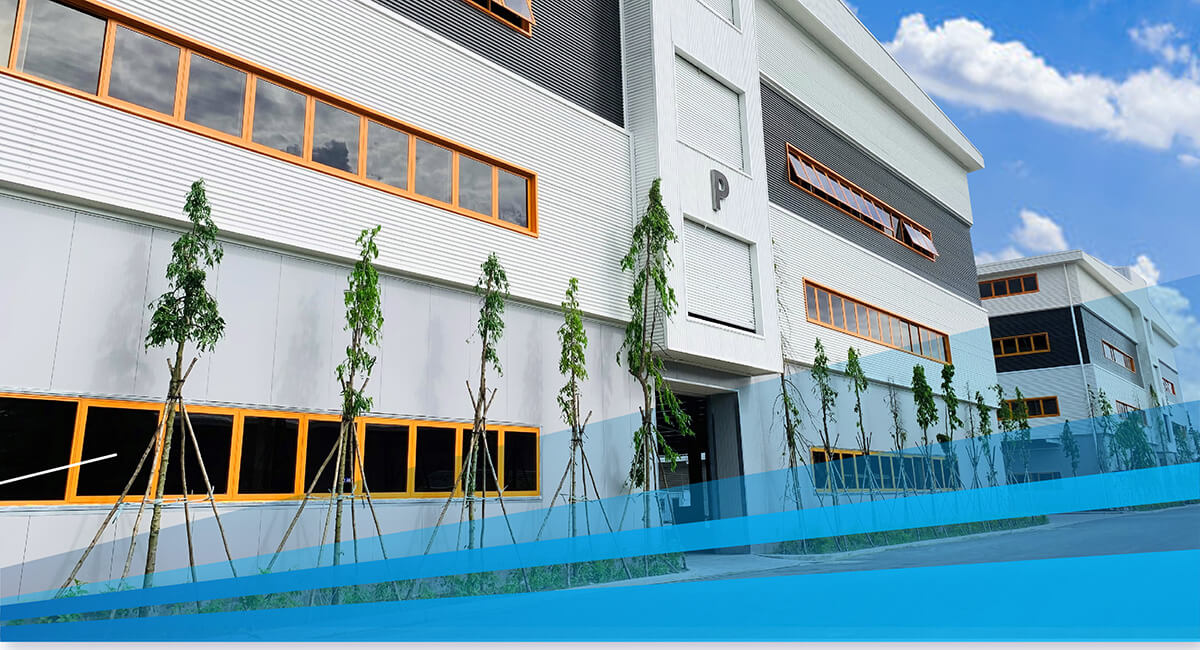The Politburo’s Resolution 50 on the direction of perfecting institutions, policies, improving the quality and efficiency of foreign investment cooperation by 2030. Accordingly:
-
Attract FDI selectively, taking quality, efficiency, technology and environmental protection as the key selection criteria.
-
Prioritize projects characterised by advanced technology, new technology, high technology, clean technology, modern management, high added value, and pervasive impact connecting production and supply chains all over the world
“In other words, the selection of high-tech, advanced knowledge and high value-added chains FDI projects is necessary and the most important condition in this breakthrough opportunity”, Ph.D Bui Trinh said. He also mentioned that recently, Prime Minister Nguyen Xuan Phuc decided to set up a special task force to draw in “eagles”, referred to projects from large, high-tech multinational corporations, leading the supply chain.

Everyone knows that the most important contribution of FDI to the local economy is the technological and technical transfer and diffusion – an essential element for the development and prosperity of each country. If high-quality FDI inflows are attracted, the spillover effect and added value will obviously be enhanced. However with the limited time and resources, many experts find that we can only focus on a certain number of priority targets. Specifically, Vietnam needs to take advantage of the trend of moving global production chains post Covid-19 to attract FDI into the pharmaceutical industry, finance – banking, manufacturing electrical and electronic components, … Such as:
-
Pharmaceutical industry: Mr. Vu Tu Thanh, Deputy Regional Executive Director, US-ASEAN Economic Council said that Vietnam has created a very good “brand” on coping and controlling the Covid-19; therefore, the production of pharmaceutical products, equipment and medical supplies has great opportunities in attracting investment. He added that US medical and pharmaceutical equipment companies are looking to invest in Vietnam and Indonesia, two countries with great potential both in consumer markets and labor skills.


-
Electrical: FDI can transfer and spread technology in many forms, through many channels, including the R&D stage that FDI enterprises conduct in their home countries. According to Professor Phan Minh Ngoc, even in Vietnam, although it is still very limited, there have been a number of large multinational enterprises such as Samsung, HP, Bosch, or Panasonic establishing R&D facilities there.
These local R&D activities in turn encourage the development of human resources, create knowledge spillover effects (through labor mobility, imitation, and learning), enhance industrial competitiveness, which are essential for the ability to learn and absorb technology of the local economy.
In order to attract and make better use of positive impacts of foreign enterprises’ R&D centers, it is necessary to have a skilled workforce in the field of technology and science. According to Ph.D Bui Trinh:
-
When a multinational corporation wants to implement investment projects with advanced knowledge, they will look at local human resources instead of just focusing on preferential policies.
-
In contrast, the intellectual labor force is also attracted and looking for opportunities in countries where high-tech and advanced knowledge enterprises are present, instead of outdated projects causing environmental pollution.
















Comment